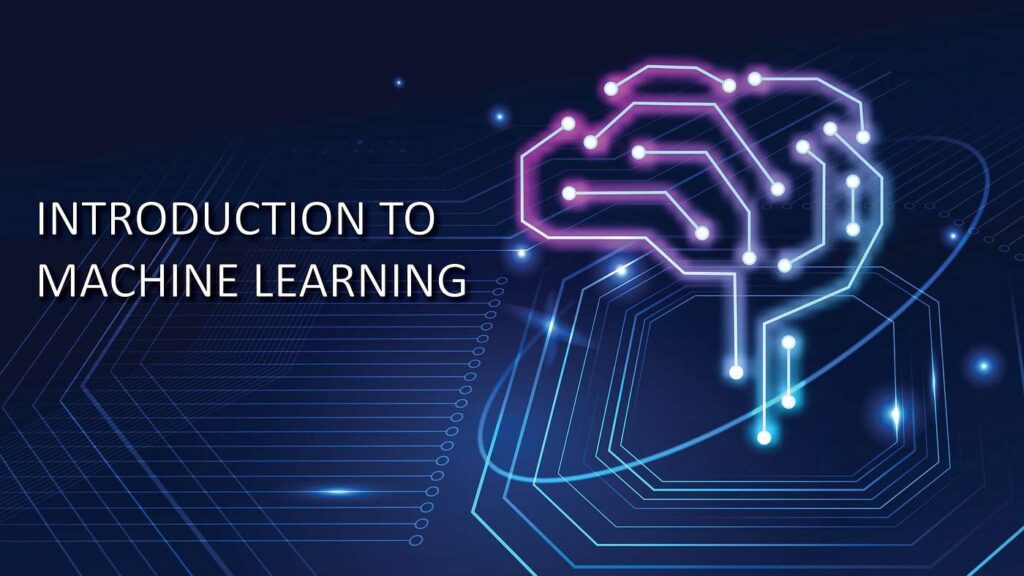The spark of machine learning ignited back in the 1950s when artificial intelligence pioneer Arthur Samuel tailored the first self-learning system for playing checkers.
While the scientists back then suspected something humongous out of the box about this technology, none would have ever imagined that one day machines would be able to replicate the workings and behaviors of humans.
Today, machine learning is everywhere. Slowly and steadily, scientists are unwrapping the immense potential of this technology, and it is wrapping up the whole world.
But in case you are just a newbie in this field with little to no knowledge about machine learning, this article will blast your brain. In this piece, we will pass on an introduction to machine learning and get a glimpse of its unimaginable potential.
What is machine learning?
Machine learning is a branch of artificial intelligence that reveals that machines, or, to be specific, computers, have the potential to self-learn from data. It is basically the concept of allowing computers to learn from data and then make decisions or predictions based on that learning. Large amounts of data are fed into algorithms, which learn patterns and relationships in the data. Machine learning is an automated process that allows machines to solve problems with little or no human intervention and take actions based on previous observations.
Types of machine learning
There are three major types of machine learning according to the nature of the learning “signal” or “response” available to a learning system, which are as follows:
- Reinforcement Learning: Behavioral psychology inspires reinforcement learning. The algorithm learns through interaction with its surroundings and feedback in the form of rewards or penalties. It optimizes its actions over time to maximize the cumulative reward.
- For example, suppose a virtual agent learns to play a computer game using reinforcement learning.
- It participates in the game, earning rewards for positive moves and penalties for negative ones. The agent learns to optimize its actions through this feedback loop, with the goal of maximizing cumulative rewards and improving its overall performance in the game.
- Supervised Learning: Supervised learning involves training the algorithm on a labeled database in which the input data is paired with corresponding output labels.
- By making predictions and adjusting its parameters based on the error, the algorithm learns to map the input data to the correct output. Let’s take an example to understand this type. Suppose you want to automatically detect spam. For this, you will need to feed a machine learning algorithm examples of emails that you label as spam and others that you don’t consider spam.
- Unsupervised Learning: Unsupervised learning is a type of machine learning algorithm that uses input data without labeled responses to make inferences. The observations in unsupervised learning algorithms do not include classification or categorization.
- Consider an e-commerce dataset for unsupervised learning. An algorithm uses clustering to automatically group customers based on their purchasing behavior.
- Cluster analysis reveals segments such as high-spending electronics buyers, moderate spenders who prefer fashion, and low-frequency buyers. This data-driven segmentation helps with targeted marketing without the use of predefined labels.
Final Words
Machine learning represents the complete technical and complicated process of how computers process information, learn from the data, and make decisions. The breeze of machine learning is gradually surrounding every field.
From healthcare to finance and beyond, its applications are repositioning industries and pushing the boundaries of what technology can achieve. As scientists penetrate the possibilities of this technology, there is no doubt that new wonders will emerge in the future.







